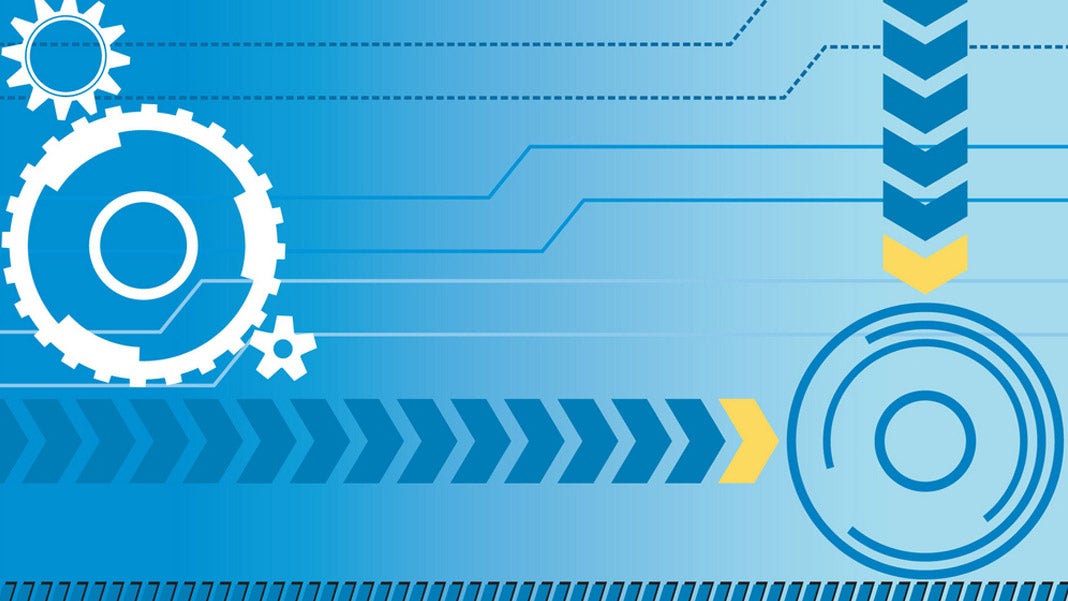Changes in the Manufacturing Industry: What Product Companies Must Do to Survive
By: Redshift

I’m talking about every product company in every industry—toys, medical devices, cars, electronics. . . . They’re all facing disruption, and it’s very real because what businesses used to do before will not help them survive in the near future. They have to keep evolving.
Four Factors of Transformation. Before product companies can make the next transition, they first need to understand the trends behind the latest disruption. The first is how people adopt new technology. Going back 10 years or so, technology products used to be adopted first at work and then slowly found their way into the home. Now you’re seeing the reverse. The iPad is a perfect example of that, such as a contractor who starts with a tablet at his dining-room table and later brings it to a job site to reference construction plans.
Next are customers’ expectations: Because of the Internet and the availability of information, people feel freer to make informed decisions on their own. It’s not top-down anymore. The information is available to everyone.
Related Article: 5 Reasons the Manufacturing Industry is Ready for a Boom
The third trend is that industries are converging rather than operating in silos and verticals. An architect—rather than an industrial designer—could design the inside of a car; industrial robots could be used in filmmaking (e.g., Gravity); and construction companies could build high-rises with an assembly-line, modular-construction approach, snapping building components into place like Lego blocks.
The last trend is that the DIY, maker movement is growing bigger roots. People now expect bespoke and custom products. They want their own personality and design intertwined with what they wear, what they drive, and where they live.
So look at all of these things, and then superimpose the speed. The velocity of change is the fastest that I’ve ever seen it, and it’s accelerating. So consumer- and industrial-product companies have to change the way they interact with customers.
Clearing the Hurdles of Disruption. Product companies now have to be more direct with their customers—whether a business or a consumer.
Think about Tesla. What makes the Tesla different from other electric cars? Its “over-the-air” software updates. The embedded digital experience and integration between hardware and software is critical.
Every brand you know has to change the way it manufactures. Each one has to look at the future and say, “What is the future of play? What is the future of sports? What is the future of driving?” They have to evolve from analog companies that serve only physical products to companies that include digital experiences embedded with their analog devices. That allows their users—whether businesses or consumers—to create their own experience and turn that into a new product for themselves.
Take Mattel, for example. Mattel asked, “How will kids be playing in the future? Can we take our incredibly successful, popular physical toys and associate them with a digital experience, so kids can play across both the physical and the digital? Then can we take it a step further and help kids turn these into new toys that they can show their friends?” So Mattel is working with Autodesk and its open 3D-printing platform, Spark, to enable kids to design—and 3D print—their own toys and play experiences.
The strategy builds on Mattel’s existing strength, which it’s taking advantage of during a transformational period in the market. But look at it from a parent’s point of view: If your kids are having an experience that is playful but seems educational, you’d be encouraging it rather than discouraging it.
Here’s another example in a totally different industry: hip replacements. Imagine printing an artificial hip perfectly designed for a person’s exact size and body type. In order to design it, you need software and some form of manufacturing for a quantity of one, probably 3D printing. At the same time, there’s the old hip-replacement technology. Which one would you choose: a one-size-fits-all part, or one perfectly customized for you?
It’s the same thing with knee replacements, stents, heart valves, hearing aids, and earphones. There is a huge transformation where custom earpieces were just for the hip-hop artists and are now available to anyone who wants to walk in and make them.
Capturing Consumers’ Attention When Competition Is Fierce. The combination of new technology, social media, and user adoption manifests a new workflow, new habits, and a new way of communication that wasn’t there before.
One case in point is perceptual computing. Most cameras today take flat photos and videos. Intel and other companies have been producing 3D-depth cameras. With layered video, people can take their face or body out of the background and put it on another background. And then social media goes crazy in terms of proliferation. People’s friends see it and say, “Hey, I want to do that, too.” Pretty soon, you’ll probably see depth cameras in every device.
Not all companies have an ace in hand like Intel or Tesla, but competition is always helpful. With software advancements from Tesla, guess what? Now other companies are suddenly making investments to embed software, upgrade their deck, and so on.
Ford is doing that now, as well. But it’s also taking advantage of crowdsourcing to connect directly with customers. By collaborating with Instructables and the maker community for its Glovebox Gadget Contest, Ford engages people in real projects that they can hold, attach their names to, and publish.
Some companies will wake up and catch up, and some won’t. Given the breakneck pace of technology innovation, product companies don’t have a choice but to face disruption head-on. The good news is this: If they thrive on disruption and prepare to reinvent themselves, companies can hold on to—and even surpass—the rocket ship of change as it blasts forward.












